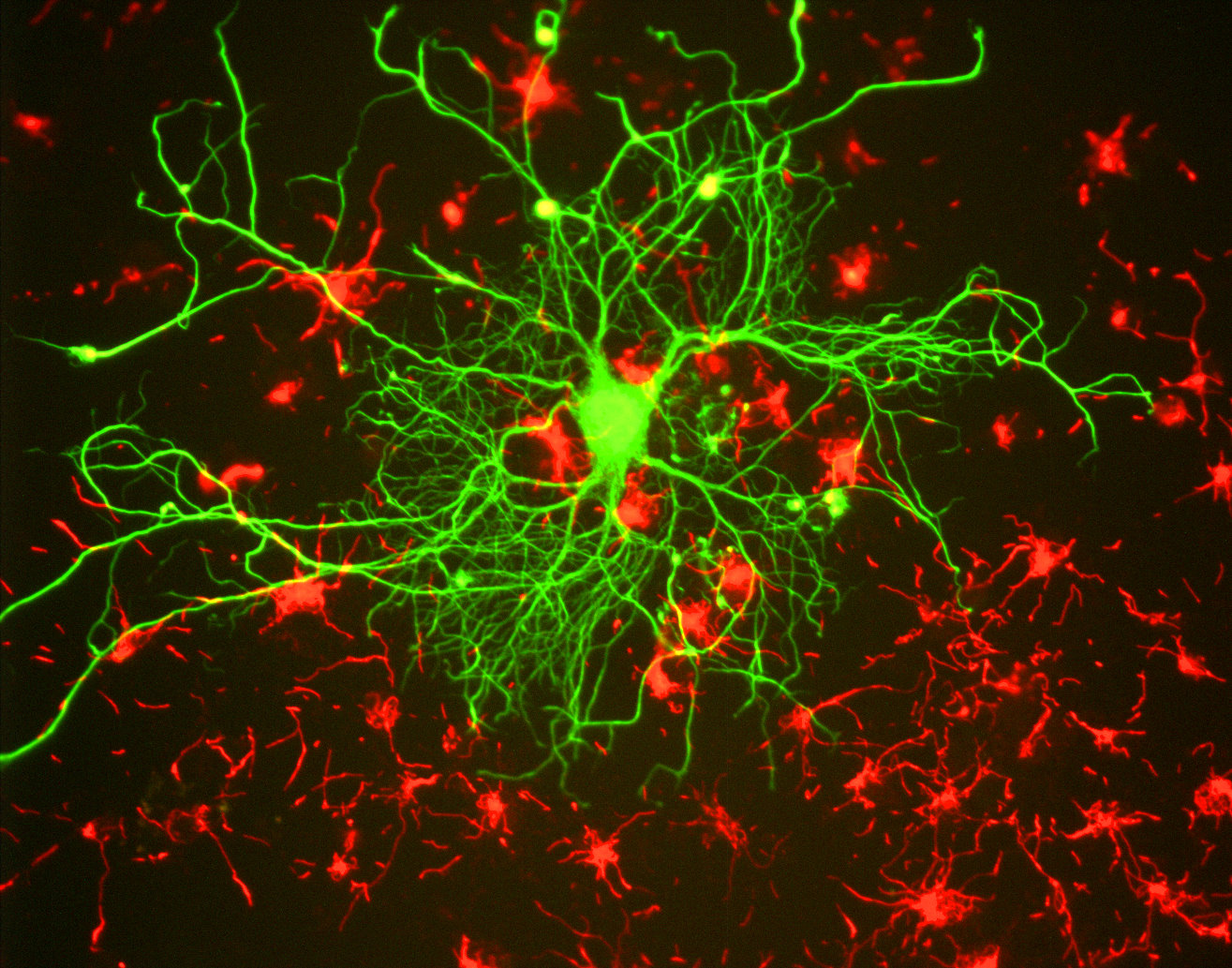Citing phase 2 figures, Axon looks for big pharma investment for Alzheimer's vaccine

After trial failure upon trial failure in Alzheimer's disease will big pharma be prepared to fund a trial using a new approach instead of the amyloid-targeting drugs, that have caused so much disappointment and wasted billions in research dollars?
That’s the question Slovakian biotech Axon is asking as it announces findings from a phase 2 trial for a vaccine targeting the tau protein that is also linked with the disease, which seem to show it slows down disease progression.
Axon is looking for partners to fund further development of the vaccine known as AADvac1, after posting results showing the drug seems to be safe and may slow disease progression.
The primary objective of the phase 2 ADAMANT trial was safety – which it achieved with no difference in incidence and nature of adverse events between treatment and placebo groups and no other safety signals.
But the company is also highlighting a statistically significant impact in a biomarker associated with the onset of Alzheimer's: in neuronal loss as measured by Neurofilament Light Chain (NfL) in the blood.
There was a "marked slow-down" of the expected increase of NfL – a 16% change from baseline over two years versus 27.7% for patients on placebo.
This indicates that AADvac1 slows progression of the neurodegenerative process to levels more typically seen in healthy individuals.
NfL is used to track and monitor effects on neurodegeneration in patients with Alzheimer’s, multiple sclerosis, and other neurological disorders.
There were also "compelling trends" in three Alzheimer’s biomarkers seen in the cerebrospinal fluid including two variants of pathological tau.
Axon said that despite the smaller sample size of patients providing lumbar punctures, effect sizes were "large to moderate", suggesting the vaccine is slowing progression of the "tangles" of tau protein seen in brain cells as Alzheimer’s develops.
There were also "positive signals" among younger people in the phase 2 trial for cognitive endpoints – but will this be enough to convince big pharma to invest in trials?
Philip Scheltens, professor of cognitive neurology and director of the Alzheimer Center at the Amsterdam University Medical Center, and chairman of Axon’s scientific advisory board, said: "Since AADvac1 targets pathological tau, I am truly impressed by the downstream effect on neurodegeneration indicated by the neurofilament findings. This effect, observed for the very first time in an Alzheimer’s trial, is a significant and much needed boost for the industry."
While the findings are certainly encouraging, there are plenty of pharma companies who have had their fingers burned after spotting trends in Alzheimer’s trial data.
Eli Lilly thought it had found a way to make its solanezumab work in Alzheimer’s from a trend seen in a population of patients in the early stages of the disease – only for the drug to fail again at phase 3 in 2016.
Roche and Biogen have also axed big development programmes focusing on amyloid, and it remains to be seen whether there will be enthusiasm for tau after these major R&D setbacks.
Michal Fresser, CEO of Axon Neuroscience, said: "These results, which strongly reveal a disease-modifying effect, underpin our confidence to take the next steps in bringing a life-changing treatment to patients as soon as possible."











